“1986” is a challenging Donkey Kong clone. You have to attempt to get through the screens by climbing ladders in a maze, avoiding hazards and racing the clock.


“1986” is a challenging Donkey Kong clone. You have to attempt to get through the screens by climbing ladders in a maze, avoiding hazards and racing the clock.
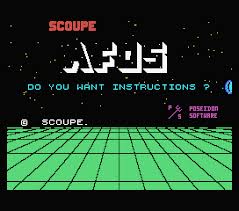
“Afos” is an arcade-style centipede game. It is a very funny game that looks like a clone of “TRON” or “Centipede”.
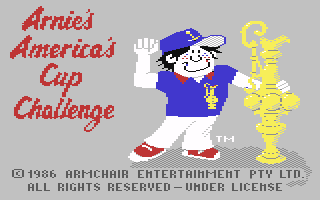
“Arnie’s America’s Cup Challenge”, the Official America’s Cup Sailing Simulation computer game, was developed for the Commodore 64/128 and the Amstrad. Being a simulation game, it offers you a chance to race the actual 24.3 mile course off the coast of Perth, Western Australia.
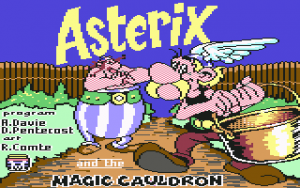
“Asterix and the Magic Cauldron” is based on the characters and the world of the “Asterix” comic books. The aim of the game is to take Asterix and Obelix on a journey to collect all seven pieces of Getafix’s broken cauldron. Asterix needs to carry food, for Obelix to follow him.
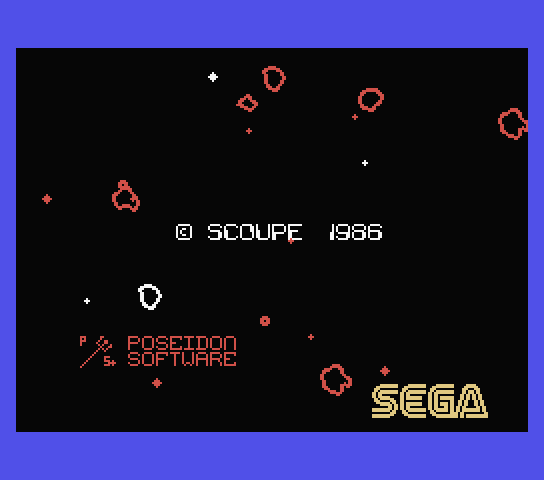
“Astro” is a quality arcade game that faithfully reproduces the (then) popular arcade game “Asteroids”.

A compendium of different games, it includes a boomerang throw, a bellywack competition, an Aussie Rules football punting game, a dry boat race and the infamous skeet shoot. In the skeet shoot game, you have to hit an empty beer can thrown from a moving ute. Success results in the dog, who is riding shotgun in the ute, chundering

“Battlefront: Corps Level Command in World War II” is a turn-based strategy/war simulation game. A recreation of the land battles of World War II, it offers the following scenarios: Crete (1941), Stalingrad (1942), Saipan (1944) and Bastogne (1944-5). It includes a complete scenario editor, which is unusual in that it enables creation of new terrain types, and can even be invoked mid-game.

Bunyip Adventure” is a conventional text adventure that is set in outback Australia. The top half of the screen displays your current static position. The bottom half logs dynamic events. The aim is to catch the Bunyip, a creature for Australian Aboriginal mythology that lives in the still water of a billabong. The game features a host of other references to Australian flora, fauna and folklore:
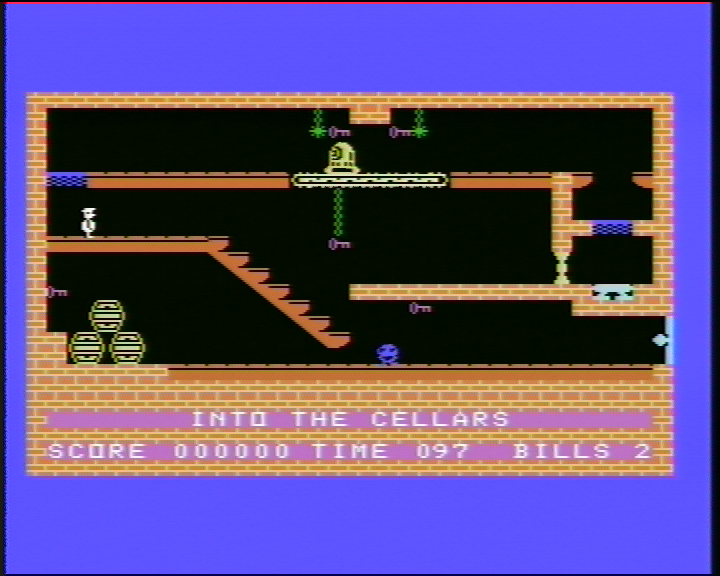
“Burglar Bill” is a level-based “Jet Set Willy” style game,based on “Manic Miner”, for the Spectrum. Burglar Bill breaks into a haunted mansion that is filled with monsters and traps. You have to guide Burglar Bill through the mansion’s many cellars, collecting treasures as he goes through the rooms. Each room is guarded by a monster and contains poison-tipped objects.

“Carriers at War 1941-1945: Fleet Carrier Operations in the Pacific” is a war simulation (wargame). In the game, you take on the role of the task force commander in the Pacific theatre, during World War II. In the six simulated conflicts, you can play as both the U.S. and the Japanese Empire. Included scenarios are Pearl Harbor, Coral Sea, Midway, Eastern Solomons, Santa Cruz and Philippine Sea.
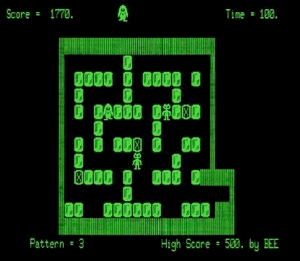
Passfield was in year 9 at school and spent his time playing “Pengo”at the tiny local arcade. He loved playing the game but it cost 20c a play so he thought he would have a go writing a version that he could play for free on the Microbee at home. He spent weeks programming it getting it working just right. It was not an exact copy of the arcade game as he changed the levels about and added his own embellishments to the gameplay.
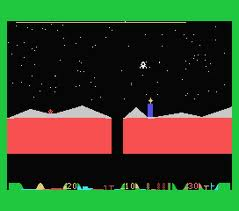
“City Lander” is an arcade action game. To score points, you have to land the spacecraft in the underground city on landing pads.

Conflict” is a company-level simulation of a battle between a modern combined arms force and a well equipped rebel force.

“Demon Stalkers” is an action RPG / editor – construction set game. It is essentially a “Gauntlet” clone. You must travel through ninety-nine mazes before meeting the final demon. The game features different enemies as you progress through the mazes, with clues to progression built in.
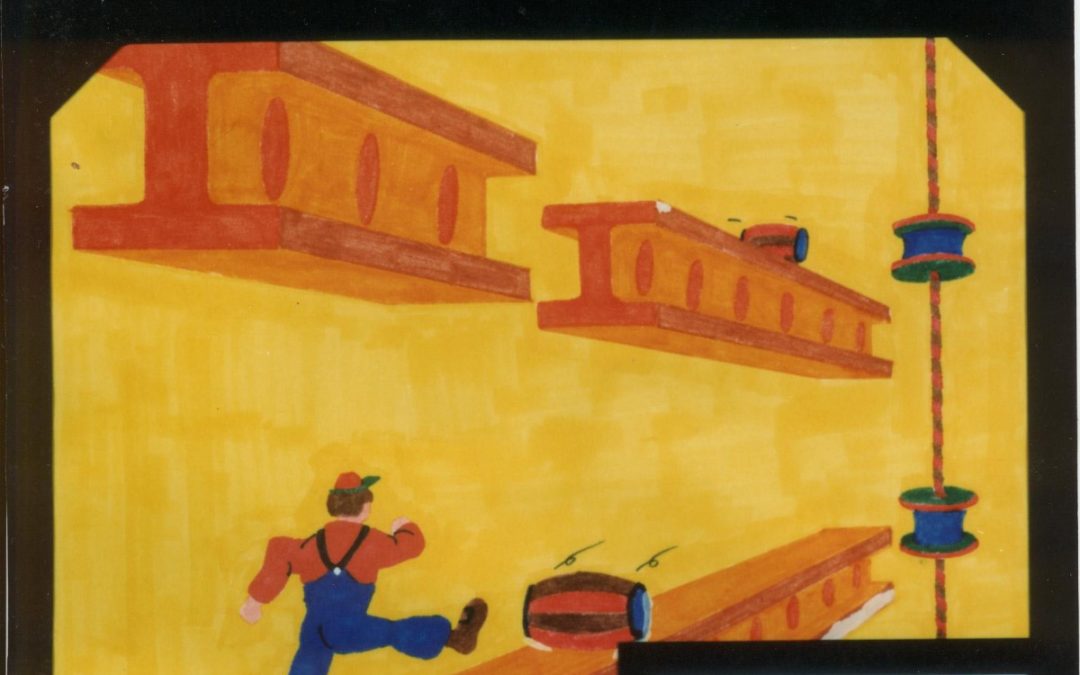
“Dinky Kong” is a “Donkey Kong” clone, written by Mark Sibly during his school days. It has 10 Levels, all in 3.5KB. Sibly did the cover artwork using Letraset, and his father got copies of the cover art printed, to go inside the plastic bag.

“Angry Angelo has raided Antonio’s Donut Factory sending the entire complex amuck! Donuts have come alive and are jumping around in wild frenzies. Machines have gone out of control throwing cooking fat, dough and icing sugar everywhere. You must help poor Antonio climb ladders, jump platforms and ride elevators to reach the top floor and shut down the factory’s power generator which will restore law and order.”

This is an arcade game that is bound to make anyone smile. You are a knight flying on a magic emu and you joust with the dreaded vulture knights. You flap your emu’s wings to fly and you must pounce upon a vulture knight from above face-on. He turns into an egg. If you don’t eat the egg, it hatches and turns into a more cunning knight.
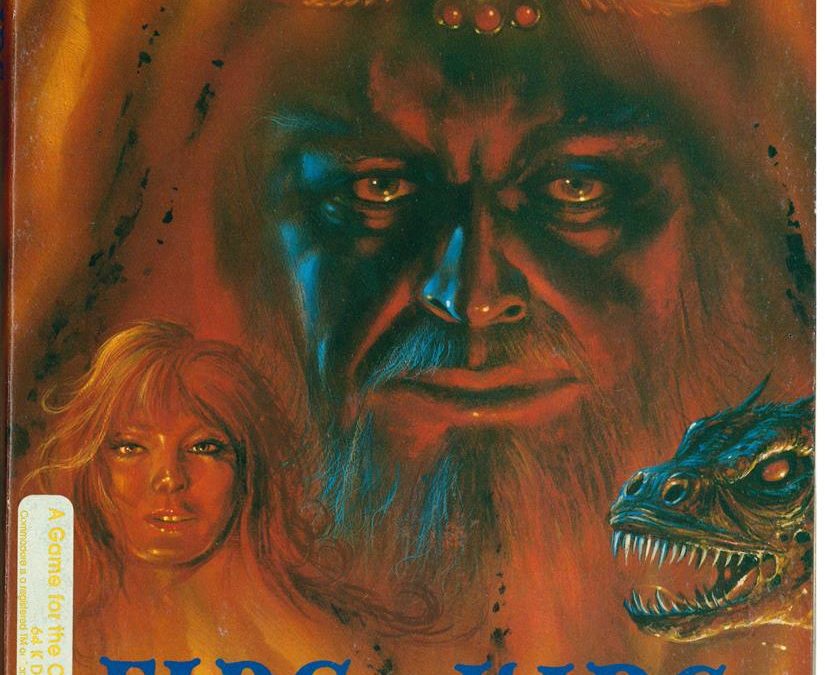
“Fire King” is an action role-playing video game. It was developed by Micro Forte and distributed by SSG in 1988 for the Commodore 64/128 and DOS. It was sequel to Micro Forte’s adventure game of the same style “Demon Stalkers: The Raid on Doomfane“. “Fire King” has been compared to Gauntlet, with its top-down view and endless enemies spawning from monster generators, but differs in that it contains more plot and puzzles than the typical hack and slash game.
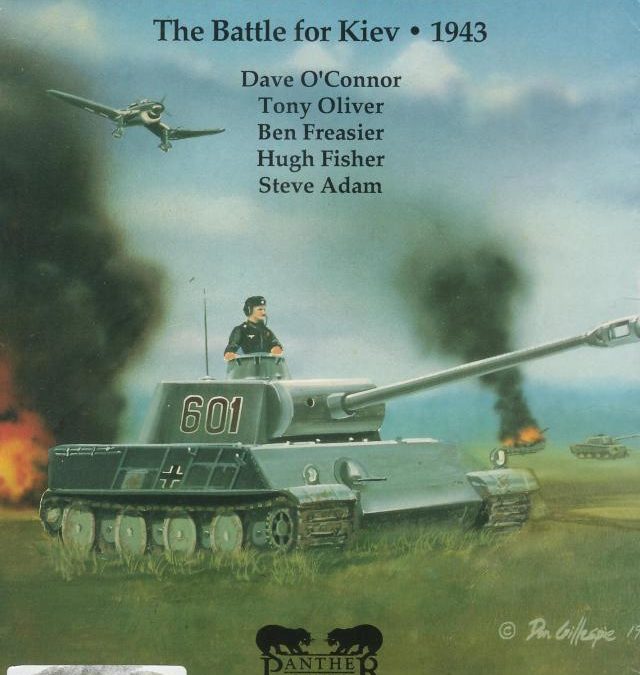
“Fire-Brigade: The Battle for Kiev 1943” is a strategy/historical battle, turn-based, tactical game. It is set in the 1943 conflict between the Soviet tank division and German elite Panzer Korps known as the ‘Fire Brigade’. You can play as the Soviets or as the Germans, and you can play against the AI or against another player over the network. The option to play over a network made the game innovative for its time.
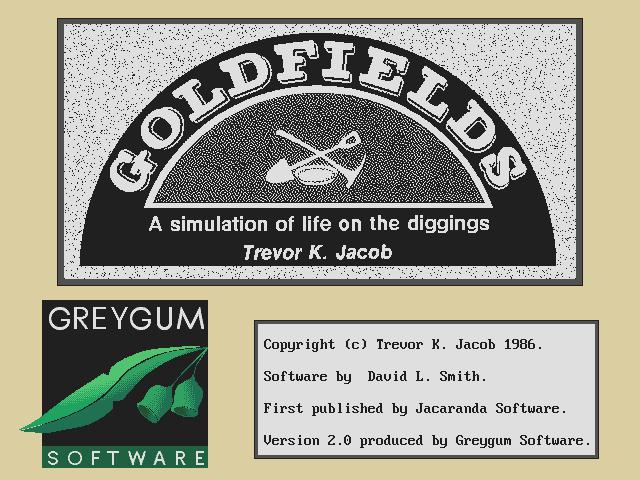
“Goldfields” is a simulation of a nineteenth century gold rush. It is designed to give students a “feel” for the social history of the gold rushes. As a player, you are a recent, penniless arrival to Suze Port. To succeed in the game, you must survive the long and dangerous walk to the gold fields and then you have to become wealthy within one year.
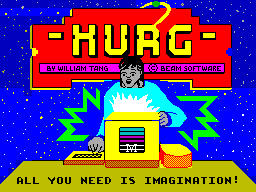
“H.U.R.G., High-Level User-Friendly Real-Time Games Designer”, is a program that enables you to create games. It is a menu-driven program, which was relatively new at that time, and it enables people with little or no programming knowledge to make their own games.
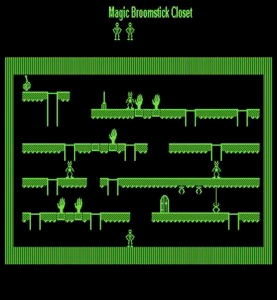
“Halloween Harry”, according to creator John Passfield’s blog, was ‘inspired by “Ghostbusters”‘. The game is set in the 21st century, and features Harry, a ghost hunter, facing off against all sorts of evil across 13 levels. Essentially, it is a platform shooter with some puzzle-solving elements, set on a single screen.
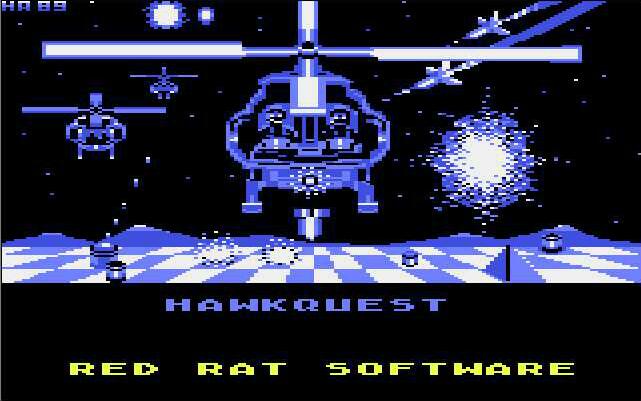
Your home planet is a peaceful world that possesses a unique technology, a perpetual energy generator that is pollution free. It powers the whole planet and is the only major energy source used. The key to it is an energy crystal that was devised some hundreds of years ago by your ancestors. Unfortunately, the secret died with them, although the crystal will last forever. The crystal has been stolen by an envious race of Metroids, who have taken it home with them. Intelligence reports state they have disassembled the crystal into its 5 component parts and hidden each beneath a different planet in their solar system.
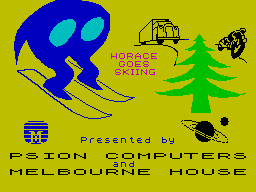
“Horace Goes Skiing”, released in 1982, was a spin-off from the successful “Hungry Horace”. “Horace Goes Skiing” is initially similar to the arcade game “Frogger”. In this instance, Horace has to negotiate a busy and dangerous road, in order to get to the ski shop, to rent a pair of skis.
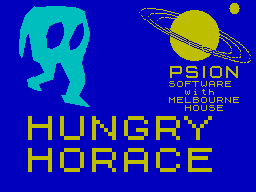
“Hungry Horace” was programmed by William Tang, but Alfred Milgrom contributed to the design of the inimitable Horace, a character created using minimum grid available. Milgrom sent a copy of the game to Psion Software in the UK. It was Psion’s close relationship with Sinclair Research which saw the Horace Games packaged with ZX Spectrum making it one of the first home computer game experiences for many people.